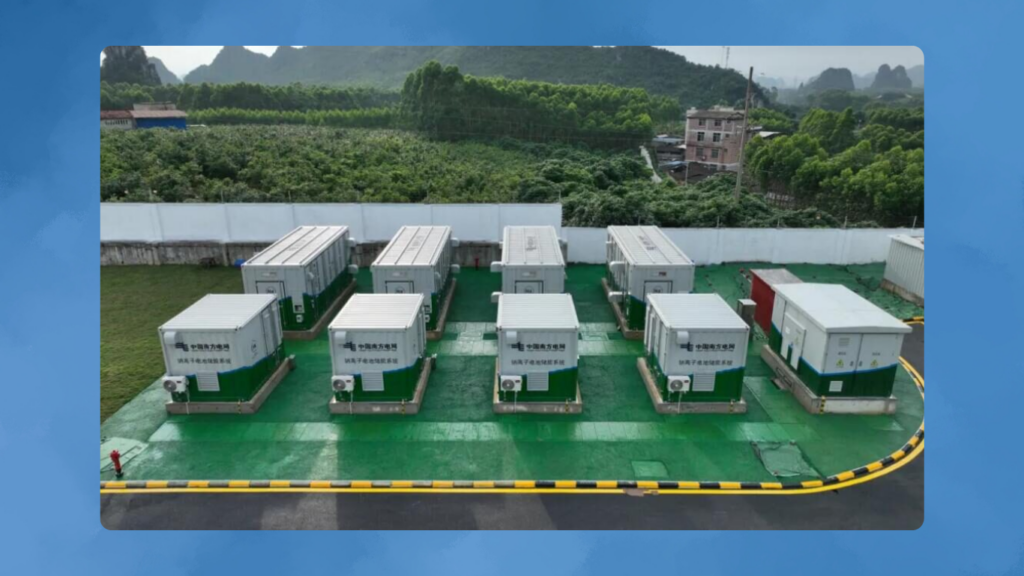A team of scientists from the CSIRO and Tapestry, part of Google X’s innovation hub, has unveiled a cutting-edge grid-forming inverter prototype, which promises to significantly accelerate the transition to renewable energy by being faster and more responsive than existing models.
This advanced inverter leverages embedded intelligence technology, similar to that used in electric vehicles (EVs) and autonomous drones. It features signal sensing and filtering hardware, along with sophisticated grid-forming and microgrid software. These components enable the inverter to communicate seamlessly with other grid devices, such as solar panels, batteries, and traditional generators, ensuring optimal grid stability through precise detection of voltages and currents.

Leo Casey, Tapestry’s Chief Scientist and designer of the prototype smart inverter, highlighted the innovative use of silicon carbide instead of traditional silicon. This material can better withstand higher operating temperatures and voltages, potentially reducing costs. “We’ve developed an inverter with around 50% higher energy density and about 50% faster response time at 99% efficiency, all at roughly half the cost of traditional commercial inverters,” Casey noted.
John Ward, CSIRO Energy Systems Research Director, emphasized the importance of this technology as coal and gas-fired generators are phased out and more variable renewable resources like solar and wind are integrated into the grid. He explained, “Unlike previous models, grid-forming inverters can communicate with the grid, allowing them to precisely adjust energy distribution when needed.”
Lab tests have shown that the prototype can coordinate with various grid devices, maintaining stability and potentially reducing production costs by up to 50% without sacrificing conversion efficiency. The prototype, about the size of a laptop, delivers a 300 kW output, equivalent to the capacity of 164 currently available inverters.

The next phase of the project will involve collaborating with power distribution companies to deploy the inverters in real-world settings and evaluate their performance. Stephen Craig, CSIRO Smart Energy Mission Lead, expects strong interest from electricity distribution network operators and third-party entities like virtual power plant operators. He emphasized that grid-forming inverter technology will be crucial for managing renewable energy flow into traditional grids, preventing oversupply, responding to demand, and avoiding blackouts.
Craig remarked, “Australia is sitting on a goldmine of renewable energy, yet much of it goes to waste because we can’t harness it effectively. In the future, we’ll need technology that can improve grid stability, enhance efficiency, integrate energy storage, and enable remote monitoring and control.”
The collaboration between CSIRO and Google X signifies a major advancement in renewable energy technology, offering a more stable, efficient, and cost-effective solution for integrating renewable energy sources into existing power grids. These grid-forming inverters could revolutionize the energy sector, ensuring a reliable and resilient energy infrastructure as the world transitions to a sustainable energy future.

Subtly charming pop culture geek. Amateur analyst. Freelance tv buff. Coffee lover
